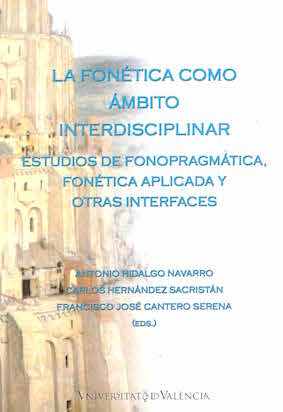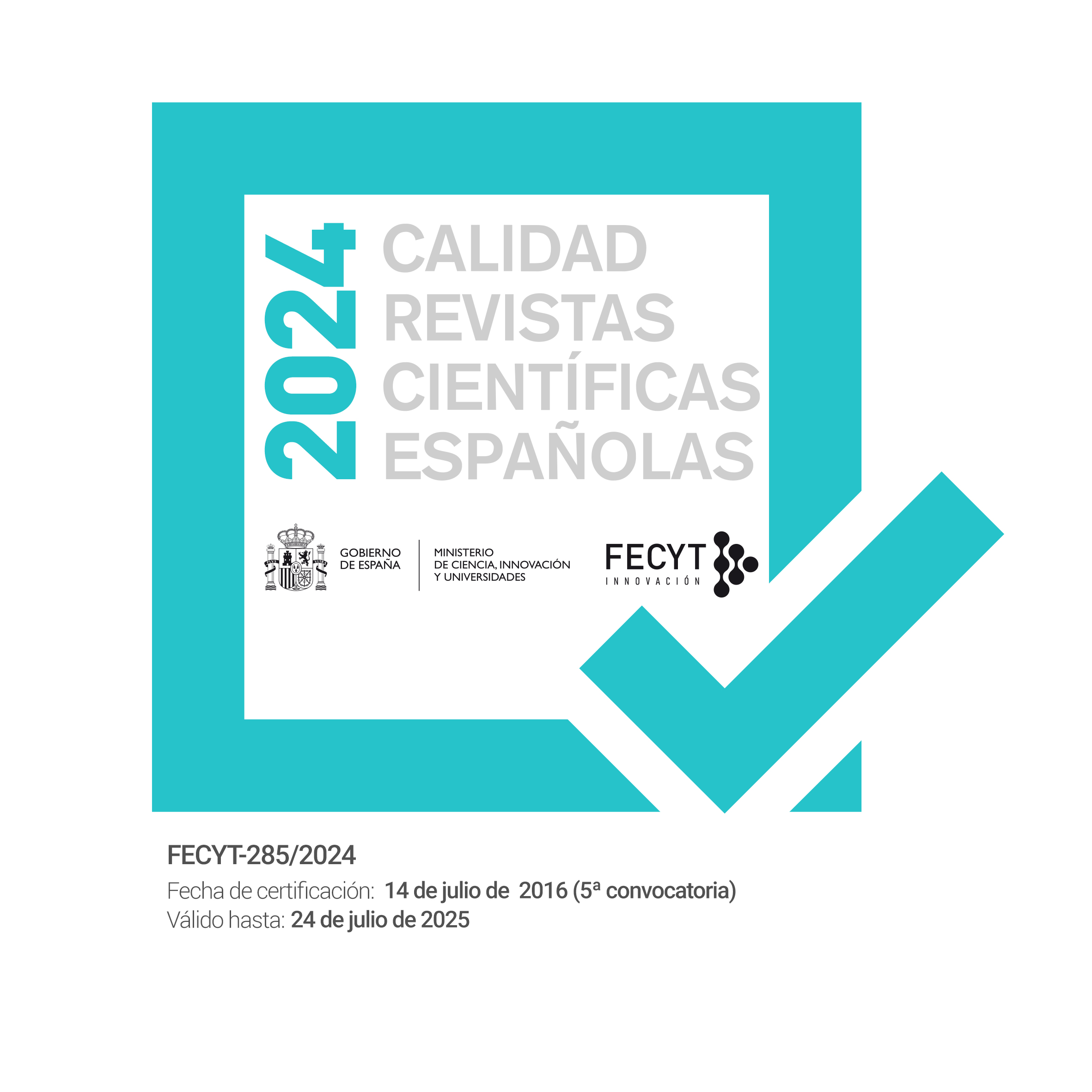Towards a pragmaprosodic characterization of "incomplete constructions": Suspended acts, Truncated acts and restarts
DOI:
https://doi.org/10.7203/qfilologia.19.5194 Abstract
Abstract
In this article we show provisional pragmaprosodical characteristics obtained from an initial investigation realized with didactic ends on so called “incomplete or truncated structures”, breaks of the construction in process (Suspended Act, the Truncated Act and the restart), which we have analyzed with the application Praat. In effect, the prosody seems to play a fundamental role in his production-interpretation, of there that we try to establish a typology departing from a few pragmatic criteria (strategies of attenuation, intensification, etc.) and prosodic (speed of speech in his production, consideration of the implied pause, etc.).
Keywords: Truncated Act; Suspended Act; restart; pragmatic strategies; prosodic analysis.
 Downloads
Downloads
Downloads
Published
How to Cite
-
Abstract399
-
PDF (Español)226
Issue
Section
License
 Este obra está bajo una licencia de Creative Commons Reconocimiento-NoComercial-SinObraDerivada 4.0 Internacional.
Este obra está bajo una licencia de Creative Commons Reconocimiento-NoComercial-SinObraDerivada 4.0 Internacional.
Authors who publish with this journal agree to the following terms:
- Authors retain copyright and grant the journal right of first publication with the work simultaneously licensed under a Creative Commons Attribution License that allows others to share the work with an acknowledgement of the work's authorship and initial publication in this journal.
- Authors are able to enter into separate, additional contractual arrangements for the non-exclusive distribution of the journal's published version of the work (e.g., post it to an institutional repository or publish it in a book), with an acknowledgement of its initial publication in this journal.
- Authors are permitted and encouraged to post their work online (e.g., in institutional repositories or on their website) prior to and during the submission process, as it can lead to productive exchanges, as well as earlier and greater citation of published work (See The Effect of Open Access).




